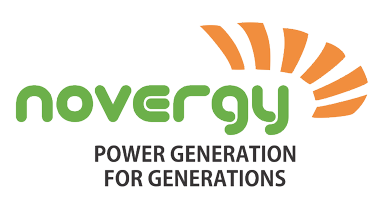In an era where sustainability and environmental consciousness are at the forefront of global priorities, industries seek cleaner, greener energy solutions. The pharmaceutical sector is a vital societal player responsible for advancing healthcare and improving lives. As pharmaceutical companies strive to integrate sustainable practices into their operations, the significance of solar energy cannot be overstated.
In this blog, we will explain the importance of solar energy in the pharmaceutical sector, explore various solar energy solutions and offer a sustainable and environmentally responsible way for pharma companies to meet their energy needs while reducing their carbon footprint.
Solar Energy Applications in Pharmaceuticals
On-Site Solar Solutions
- Advantages of On-Site Solar Installations for Pharma Companies
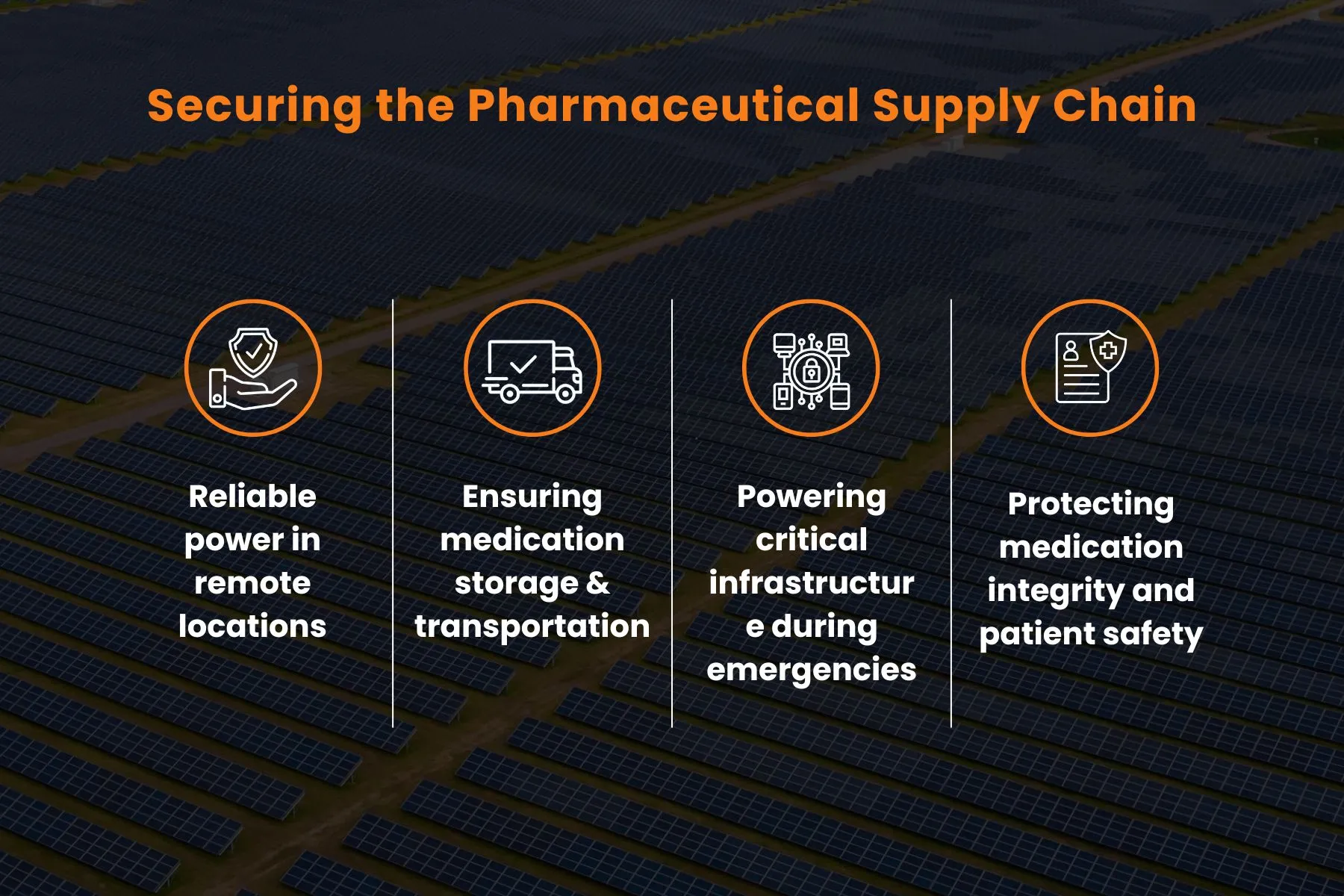
- Cost Savings and Energy Independence: Pharmaceutical manufacturing facilities typically have high energy demands to sustain operations. By harnessing solar energy on-site, companies can significantly reduce their electricity bills, leading to substantial cost savings over time.
- Environmental Sustainability and Reduced Carbon Footprint: As global concerns over climate change continue to rise, pharmaceutical companies are under increasing pressure to adopt eco-friendly practices. On-site solar solutions offer a renewable and clean energy alternative, significantly reducing greenhouse gas emissions and demonstrating the company’s commitment to environmental sustainability. Pharmaceutical companies can strengthen their corporate social responsibility (CSR) efforts by going solar and aligning themselves with the global movement towards a greener planet.
- Enhanced Brand Image and Market Reputation: Consumers and stakeholders are increasingly drawn to companies prioritizing sustainability and environmental consciousness. Embracing on-site solar solutions allows pharmaceutical companies to position themselves as industry leaders in sustainable practices. A strong commitment to renewable energy can enhance a company’s brand image, attract environmentally-conscious customers, and bolster its market reputation.
- Long-Term Investment and Financial Incentives: On-site solar installations are long-term investments that offer attractive returns over their operational lifespan. Many countries and regions also provide financial incentives and subsidies to encourage the adoption of solar energy. Pharma companies can use these programs further to enhance the financial viability of their solar projects and expedite the payback period.
- Integration of Solar Panels in Pharma Manufacturing Facilities
- Rooftop Solar Installations: Rooftop installations are among the most common methods of integrating solar panels into pharmaceutical facilities. Large rooftops of manufacturing plants provide ample space for solar panels to capture sunlight efficiently. Rooftop solar installations are space-efficient and minimize any disruption to regular operations.
- Ground-Mounted Solar Arrays: Pharmaceutical companies with substantial open land surrounding their manufacturing facilities can opt for ground-mounted solar arrays. These arrays are installed on the ground adjacent to the facility and can be customized to suit the available space. Ground-mounted solar solutions are ideal for companies with a larger energy demand that requires greater solar panel capacity.
- Solar Carports and Canopies: For pharmaceutical companies looking to optimize their space, solar carports and canopies offer a dual benefit. These installations provide shade for parked vehicles while simultaneously generating solar energy. Solar carports can be integrated into parking areas, providing an innovative and efficient use of space.
- Solar Battery Storage Integration: Pharmaceutical companies can integrate solar battery storage systems to ensure a stable energy supply even during non-sunny hours or grid outages. These batteries store excess energy generated during peak sunlight hours and release it when the demand is higher or during low sunlight periods. Solar battery storage enhances energy reliability and resilience, making it a valuable addition to on-site solar installations.
Off-Site Solar Solutions
Understanding Off-Site Solar Power Purchase Agreements (PPAs) Off-site solar PPAs are contractual agreements between a solar energy provider and a pharmaceutical company to purchase solar energy generated at a remote location.
Key features of Off-Site Solar PPAs:
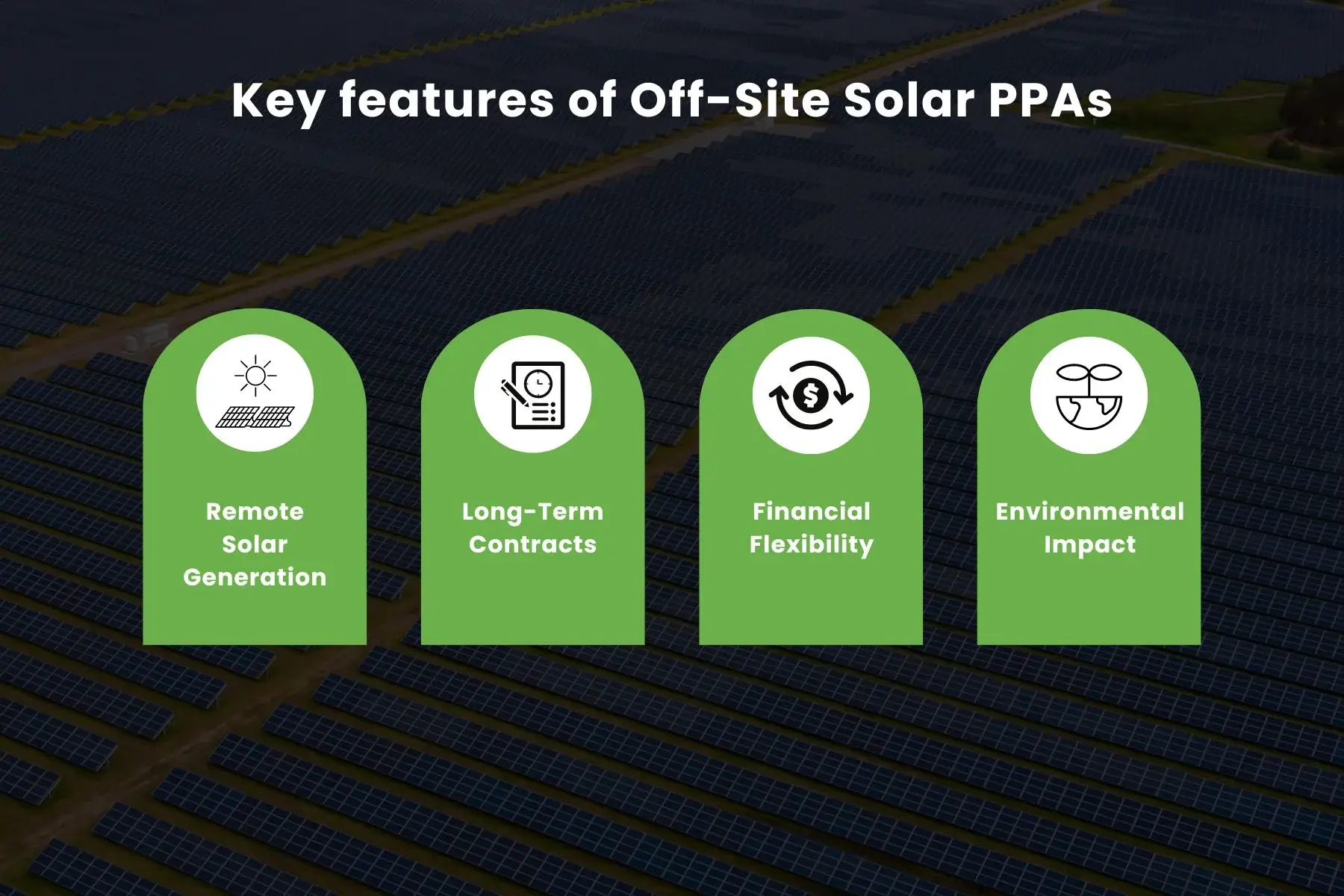
- Remote Solar Generation: Solar panels are installed at a separate location, such as a solar farm or a large-scale solar facility, typically in an area with high solar irradiance.
- Long-Term Contracts: PPAs often span 10 to 25 years, providing stable and predictable energy costs for the pharmaceutical company during the contract period.
- Financial Flexibility: PPAs require little to no upfront investment from the pharmaceutical company, reducing financial barriers to accessing renewable energy.
- Environmental Impact: Off-site solar PPAs allow pharmaceutical companies to reduce their carbon footprint significantly, contributing to their sustainability goals.
Benefits of Off-Site Solar for Pharmaceutical Companies
- Cost Savings: Off-site solar PPAs can offer cost savings compared to traditional grid electricity, as solar energy generally comes at a fixed rate over the contract period. This stability shields pharmaceutical companies from volatile energy market prices and potential fuel cost fluctuations.
- Risk Mitigation: By relying on off-site solar power, pharmaceutical companies can reduce their exposure to energy supply disruptions or grid failures, ensuring uninterrupted operations.
- Environmental Commitment: Off-site solar adoption demonstrates a proactive commitment to sustainability, which aligns with consumers’ increasing demand for eco-friendly and socially responsible businesses.
- Scalability: Off-site solar PPAs offer flexibility and scalability, allowing pharmaceutical companies to adjust energy procurement as their needs change, whether due to expansion or market fluctuations.
Financial Models for Solar Adoption in Pharma
Capital Expenditure (CAPEX) Model:
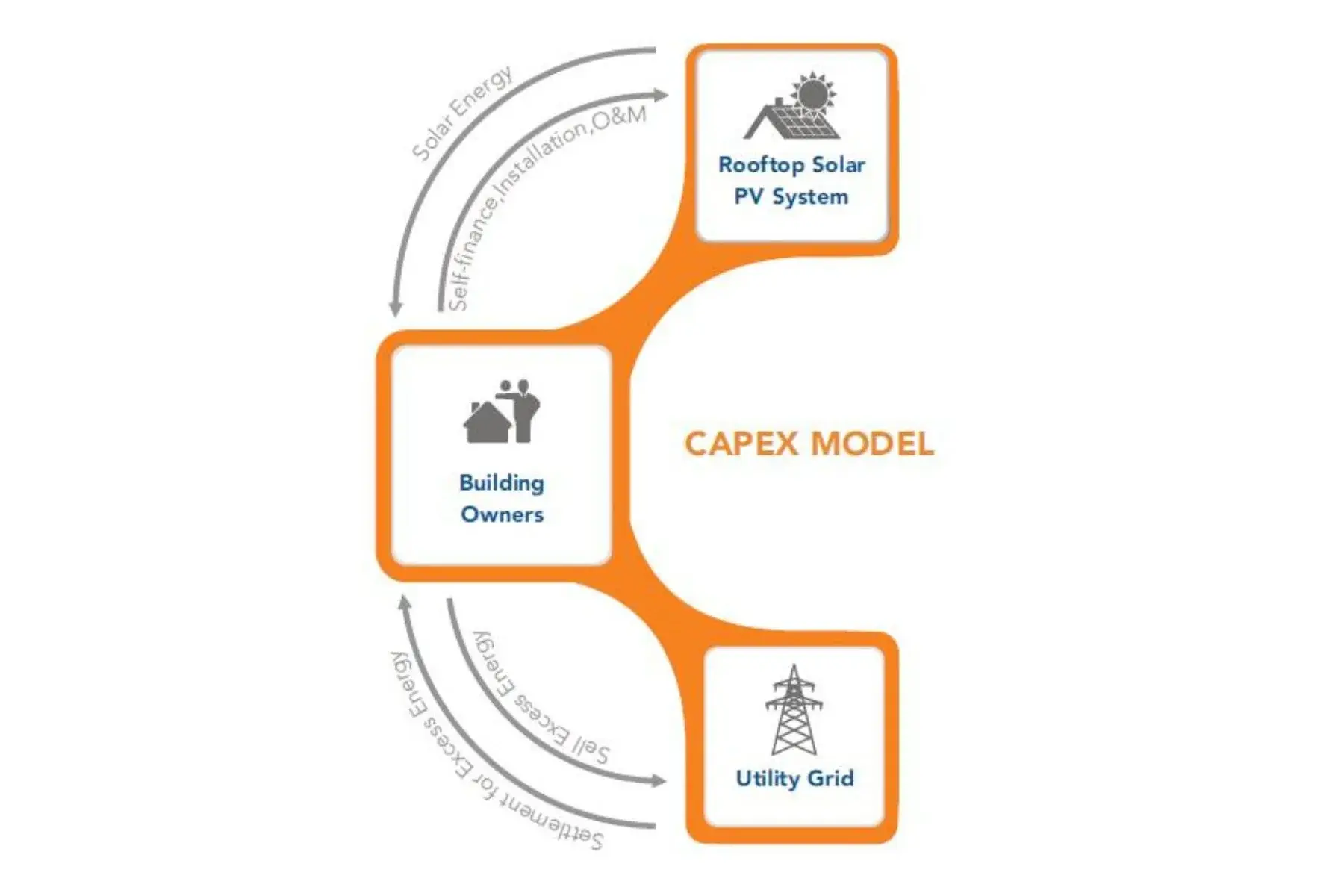
- Explanation of CAPEX and Its Pros and Cons: The CAPEX model involves upfront investment in solar infrastructure, including solar panels and equipment. This approach grants pharma companies ownership of the solar system, enabling them to capitalize on various financial incentives and tax credits.
- Pharma Companies Embracing CAPEX for Solar Projects: Numerous pharmaceutical firms have adopted the CAPEX model for sustainable energy solutions. Testimonials from these pharma companies will provide insights into their experiences and the benefits they gained.
- Evaluating ROI and Long-term Savings: ROI is crucial for any business decision. We assist pharma companies in analyzing the return on investment and long-term savings associated with the CAPEX model.
Operating Expenditure (OPEX) Model:
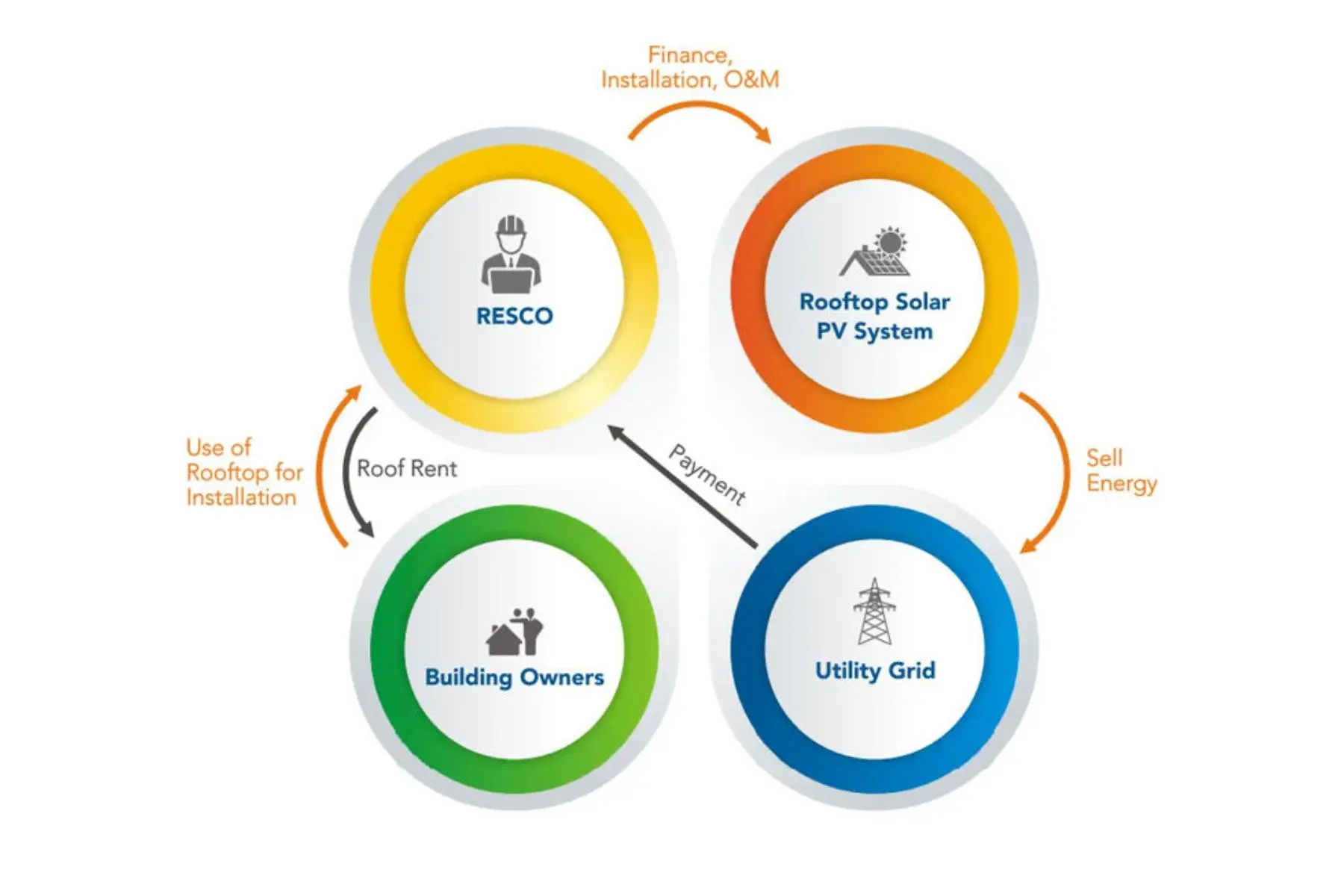
- Understanding OPEX-Based Solar Solutions: The OPEX model involves pharma companies partnering with solar service providers, like Novergy, to lease solar infrastructure. This approach eliminates upfront costs and allows companies to pay for generated energy, aligning expenses with energy consumption.
- Advantages of OPEX Financing for Pharma Companies: Key benefits of the OPEX model, including reduced financial burden, enhanced cash flow, and simplified maintenance. Our OPEX solutions enable pharmaceutical firms to access clean energy without substantial capital investment.
- Flexibility and Scalability in OPEX Model: Novergy’s OPEX model offers flexibility to adapt to evolving energy needs. Pharma companies can easily scale up or down their solar capacity based on their energy demands, allowing them to maintain cost-effectiveness over time.
Monthly Rental Model:
- Key Considerations for Choosing Monthly Rental Model: Essential factors that pharma companies should consider when opting for the monthly rental model. These considerations will cover system maintenance, equipment upgrades, and contract terms, ensuring an informed decision-making process.
- Predictable Costs and Easy Upgrades: Monthly rental model guarantees predictable costs and regular system upgrades, allowing pharma companies to benefit from the latest advancements in solar technology without additional investments.
Group Captive Model:
- Exploring Group Captive Solar Projects in Pharma Industry: The group captive model involves multiple companies forming a collective to share the benefits of a solar project.
- Collaborating with Other Companies for Clean Energy: Pharma companies can collaborate with Novergy to establish group captive solar projects, fostering a sense of environmental responsibility within the industry and the broader community.
- Shared Benefits and Risk Mitigation: In a group captive model, risks and benefits are shared among participants. Our facilitates the equitable distribution of benefits, creating a win-win situation for all stakeholders.
Third-Party Solar Agreements:
- Partnering with Solar Providers for Comprehensive Solutions: Our third-party solar agreements offer turnkey solutions to pharma companies, covering design, installation, and maintenance.
- Tailored Services and Support: Pharma companies partnering with Novergy in third-party agreements will gain insights into the tailored services and expert support available throughout their solar journey, ensuring a seamless and satisfying experience.
Environmental Impact and Corporate Social Responsibility
- Reducing Carbon Footprint with Solar Energy: Solar power offers a clean and renewable energy source that significantly reduces the carbon emissions associated with traditional electricity generation methods. By integrating solar panels into their facilities, pharmaceutical companies can effectively decrease their reliance on fossil fuels, mitigating greenhouse gas emissions.
- Sustainable Energy Generation: Solar solutions enable pharmaceutical companies to generate sustainable energy on-site, minimizing their dependency on non-renewable resources. This self-sufficiency helps to stabilize energy costs and decrease their overall environmental impact.
- Net Zero Initiatives: With our expertise, pharma companies can work towards achieving net-zero carbon emissions by offsetting their energy consumption with solar energy production. This approach aligns with international climate goals and demonstrates a commitment to sustainability.
Future Outlook and Emerging Trends
Technological Advancements in Solar Solutions for Pharmaceuticals:
-
- High-Efficiency Solar Panels: Traditional solar panels have seen significant efficiency improvements, allowing them to generate more electricity from the same amount of sunlight. In recent years, breakthroughs in materials and manufacturing processes have led to the development of high-efficiency solar panels that offer improved performance and greater energy output. These advancements translate into increased cost-effectiveness and shorter payback periods for pharmaceutical companies investing in solar installations.
- Bifacial Solar Panels: Bifacial solar panels are designed to capture sunlight from both sides of the panel, maximizing energy generation. This innovative technology holds great promise for pharmaceutical companies, especially those with limited rooftop space or seeking to integrate solar solutions into vertical surfaces. Bifacial panels can enhance the overall energy yield and provide flexibility in designing solar installations.
- Energy Storage Solutions: One of the key challenges in solar energy adoption is its intermittent nature. However, advancements in energy storage technologies, such as lithium-ion batteries, have made it possible to store excess solar energy for later use. For pharmaceutical companies operating around the clock, energy storage solutions can ensure a stable and reliable power supply, reducing dependence on the grid and optimizing energy usage.
Collaborative Initiatives and Partnerships:
- Public-Private Partnerships (PPPs): Governments and pharmaceutical companies can form PPPs to promote the development of solar infrastructure. By combining public funding and private expertise, these partnerships can facilitate the installation of solar projects at pharmaceutical facilities, leading to a more sustainable and resilient energy ecosystem.
- Solar Energy Service Providers: Solar service providers specialize in delivering turnkey solar solutions to businesses, including pharmaceutical companies. Partnering with reputable solar providers can help pharmaceutical firms navigate the complexities of solar adoption, from initial feasibility assessments to system design, installation, and maintenance. These partnerships ensure a smooth and successful transition to solar energy.
- Industry Associations and Research Organizations: Joining industry associations and research organizations focused on renewable energy and sustainability can provide pharmaceutical companies with valuable insights and best practices. These platforms facilitate knowledge sharing and networking, fostering a collective effort towards a greener future.
Role of Solar in Pharma’s Long-term Sustainability Goals:
- Carbon Emission Reduction: The pharmaceutical sector has a significant carbon footprint due to energy-intensive manufacturing processes and transportation. By embracing solar energy, pharmaceutical companies can drastically reduce greenhouse gas emissions and contribute to global efforts to combat climate change.
- Energy Cost Savings: Solar energy allows pharmaceutical companies to achieve substantial cost savings on electricity bills. As the cost of solar technology continues to decline, solar becomes an economically attractive and financially viable option for companies looking to mitigate operational expenses.
- Corporate Social Responsibility (CSR): Consumer expectations are evolving, and stakeholders increasingly prioritize environmental responsibility. By investing in solar energy, pharmaceutical companies demonstrate their commitment to sustainability and CSR, positively impacting their brand reputation and customer loyalty.
Parting Thoughts
Integrating solar energy solutions into the pharmaceutical industry brings with it many benefits and opportunities for growth.
At Novergy Solar, we are dedicated to helping pharmaceutical companies embrace clean energy solutions. As one of the leading solar energy providers, we understand the unique energy demands of the pharmaceutical industry and offer tailor-made solar solutions to meet those requirements. By making the switch to solar, pharma companies can not only reduce their operational costs but also contribute to a sustainable future.
By adopting solar energy, the pharmaceutical industry can take significant strides towards becoming more sustainable and environmentally responsible. Clean energy will not only result in reduced greenhouse gas emissions but also enhance these companies’ corporate social responsibility image. Novergy Solar is committed to partnering in this journey, providing cutting-edge solar technology and comprehensive support to ensure a smooth transition to solar power.
As we move towards a greener future, Novergy Solar remains at the forefront of innovation, consistently bringing advanced solar solutions to empower industries like pharmaceuticals to embrace clean energy. Let’s pave the way to a sustainable, eco-friendly, and prosperous future for the pharmaceutical sector and the world.
FAQ’s
Q- How can we save energy in the pharmaceutical industry?
A-
- By implementing energy-efficient equipment and processes.
- Embracing solar solutions for power generation.
- Optimising heating, ventilation, and air conditioning (HVAC) systems.
- Adopting energy management systems to monitor and control energy usage.
Q- What are the top ways to reduce energy consumption?
A-
- Upgrading to energy-efficient lighting systems (LEDs).
- Improving insulation and sealing to reduce heating and cooling losses.
- Using energy-efficient appliances and machinery.
- Implementing innovative energy management and automation systems.
Q- Can solar energy be called clean energy?
A- Yes, solar energy can be considered clean energy. Solar power is generated from renewable sources, such as sunlight. It produces no greenhouse gas emissions or air pollutants during operation. It contributes to reducing the carbon footprint and environmental impact.
